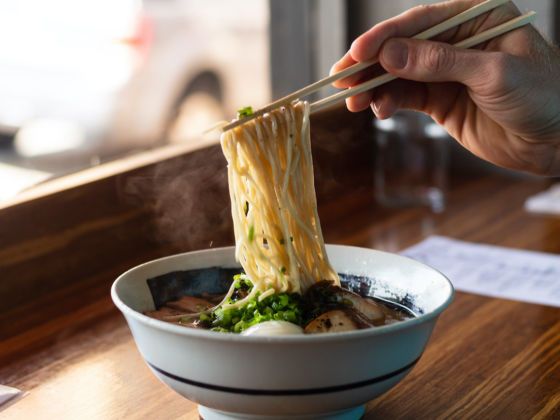JAPANESE RAMEN ラーメン is the type of food anyone can eat. It’s affordable, simple, and doesn’t have any pretense. Originally sold as a casual meal for factory workers, it’s now become a cultural phenomenon. Wandering the narrow back streets of Tokyo, or maneuvering through world-class shopping malls, you’re spoiled for choices.
Of course, you can also expect the cacophonous noises of an entire ramenya full of slurping people, exclusively Japanese-speaking staff, and confusing vending machines you must use to place your order…. Ramen shops can be quite intimidating, especially for first-time visitors. Here’s how it’s done:
